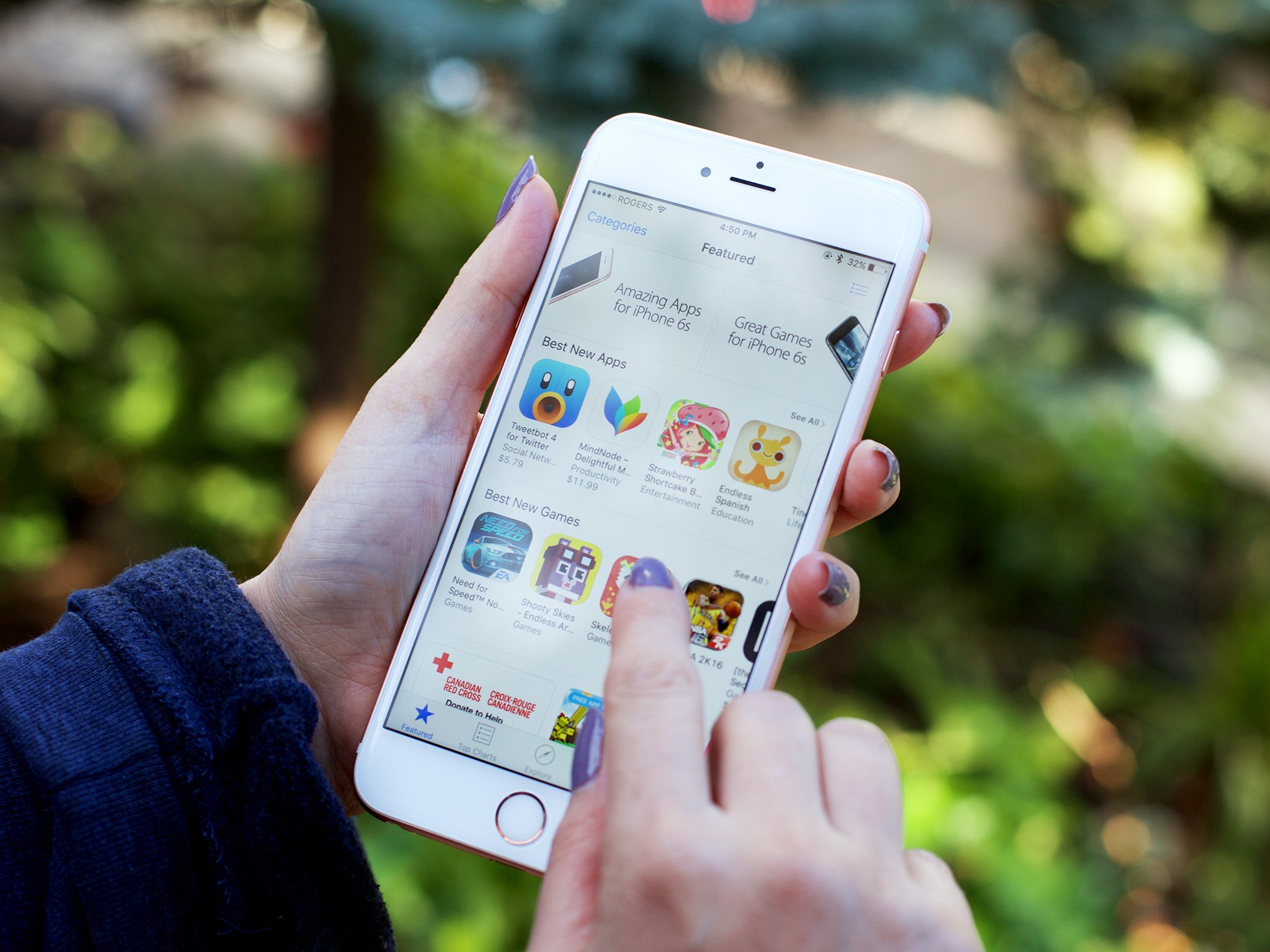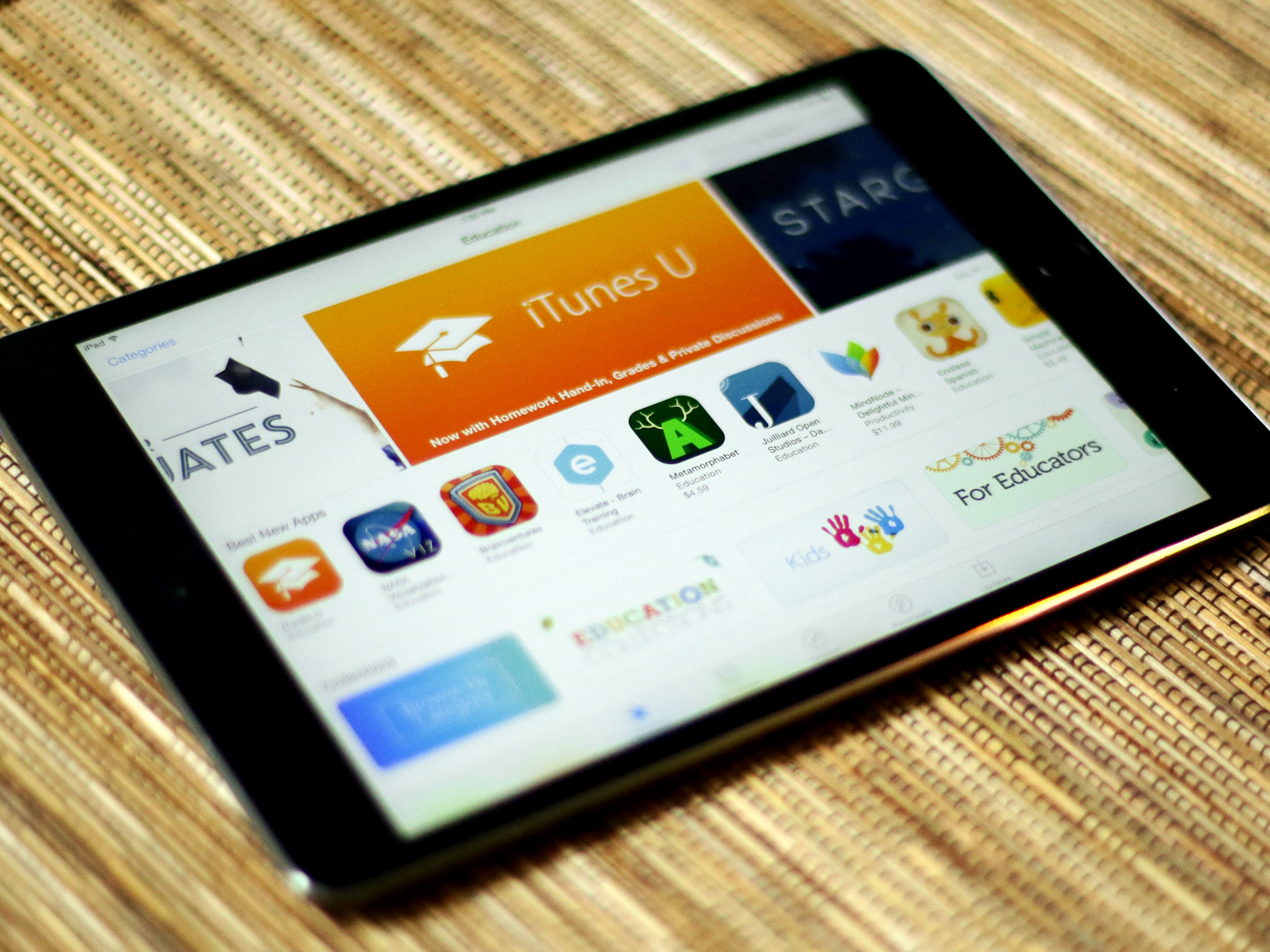What no indie developer wants to hear about the App Store

I love indie apps. I use them every day. If I could, I'd pay large amounts of money for them on a regular basis. That's because I also love indie app developers and want them to succeed so that the apps they make are sustainable, persist for years to come, and I get many, many more of them. But I fear we've moved into an era where pop — popular, light, snackable, mass-market — apps, not indie apps, rule the store.
If you follow prominent indie iOS developers online — and I do many — they are apoplectic about the post-approval rejections and reversals that still flare up in the App Store, the almost decade-long absence of software sales staples like trials and upgrade pricing, the lack of a direct relationship with customers, and other mainstays of the traditional Mac and PC market.
And rightfully so. This is their business and their livelihoods. It's how they feed their families and their children. Rejections and reversals create a climate of uncertainty that chills innovation at best and shakes their faith in the platform at worst. Lack of trials, upgrades, and customer relationships likewise make it challenging if not impossible to create lasting, sustainable businesses.
The game blame
Apple could — and I still strongly believe the company should — use its considerable power and influence to help shape the App Store economy into one more hospitable to indie developers. After all, those are the apps I love and the ones that dominate my home screens.
Even if Apple gave indie developers everything they wanted, it wouldn't matter much over the long term.
But the truth is, even if Apple gave indie developers everything they wanted, it wouldn't matter much over the long term. It may help a few for a while, and a very few for a while longer, but the app economy and apps themselves are evolving.
While indie developers, those who make amazing productivity or creativity apps, are struggling, other developers are still doing incredibly well. That's because it's not calculator widgets or iCloud uploads or USB connectivity that make the vast majority of money on the App Store (or any app store for that matter). It's in-app purchases, almost entirely in the form of free-to-play games, and subscriptions for business and entertainment services.
Day in, day out, some gamers drop tens or hundreds or even thousands of dollars on in-app consumables so they can feed their need for instant and ego gratification by clashing clans, crushing candy, and going Hollywood. Likewise, enterprise and individuals sign up for software-as-a-service that they also use on iOS.
iMore offers spot-on advice and guidance from our team of experts, with decades of Apple device experience to lean on. Learn more with iMore!
There's still ungodly amounts of money to be made in the App Store, it's just not the same money or made in the same way as it used to be.
Wooden toys in the age of plastic
When I was a child, all my favorite toys were wooden, painstakingly carved by artisans who ran the store near my home. I cherished them. Today those kinds of toys are all but gone, and that business model is no longer viable in the mass market.
In the age of Toys R Us and endless plastic of Lego and Hasbro, indie toy making has all but disappeared from the mainstream. So have many music and book shops in the face of Amazon and mom-and-pop shops in the shadow of Walmart.
Customers, by and large, decided we'd rather have an endless supply of cheap than we would a few precious pieces and the market has followed.
I recently spoke to some app developers — names many people would recognize — and this was the same realization they communicated to me. They didn't want to speak on the record because they feared the community would have little sympathy for their views, but asked that I relate them.
To them, the mainstreaming of computing technology has led to a similar mainstreaming of apps. When only a few could afford Macs, software was held in high value and esteem. Now there are millions of apps on millions of phones and tablets made by millions of developers, accessibility is near-universal and scarcity is a thing of past.
The value and esteem are gone.
The big non-chill
I love, love, love my indie apps. They dominate my Home screens. But how many of them have my family even heard of? How many have my non-tech enthusiast friends? How many have yours?
Big apps get all the attention these days, just like big movie, music, or book releases — or big toy releases — and indies get what little is left, when there's even a little left. The App Store is big business, and that's how big business works. Only our nostalgia keeps us thinking otherwise. Just like our nostalgia for the corner store in the age of online and big box.
This isn't just true in the App Store either. Though sometimes we forget to look beyond our own community, Google, Microsoft, Amazon, and Samsung are all fielding major app markets. And developers for all of them are facing a world that has millions of apps to choose from and wants them compatible across all their screens, for as close to free as possible.
It is, in a word, heartbreaking. I hate hearing it as much as I hate writing it. It's far easier to simply blame platform owners for failing to pull levers and influence economies; for treating Facebook or HBO better than they treat the 76th Notes app to launch this year.
Google Play isn't full of universe denting mobile software that iPhone and iPad owners simply can't get.
If the absolutely capricious and often maddening review process and lack of attention really did chill innovation, though, it should be easy to point to Google Play and its over half-a-decade of relatively lax approval policies, and see year after year of ground-breaking, platform-making, device-selling apps that would never come to market on the App Store.
That would be the fastest way to get Apple to change review policies — force them to scramble into recovery mode, show the company rather than tell. But there's nothing to show. Google Play isn't full of universe denting mobile software that iPhone and iPad owners simply can't get. It has a few things like custom launchers, but those remain incredibly niche.
All the truly important apps of the last few years, from Instagram to Uber, all work just fine on the iPhone. In fact, they often work sooner and better.
If Apple did provide for trials and upgrade pricing and allowed more direct customer relationships, it's uncertain how much that would really change things either. We live in an age of venture capital and mega corporations who can easily afford to release high-quality apps frequently and for free.
Apple, Google, Facebook, Yahoo!, Amazon, Microsoft and their ilk can release any app they want, in any category, at any time, and not have to worry one bit about software sustainability, and because they're almost always tied to massive service engines, they already own their own customer relationships.
We're in the app equivalent of the industrial age, where mass production and departments stores have changed the way the industry works. Where developers are fighting for shelf space like toothpaste tubes at Walmart and have as much an idea who's buying their products as Coke does a can at 7/11.
And for similar reasons. In the old days when early adopters only had a few apps, charging a lot, doing upgrades, and having direct relationships worked great. Now, when people download hundreds of apps, maybe thousands, and sometimes for only brief periods of time, higher prices and direct relationships aren't only unmanageable for consumers, they may well be unwanted.
The expectations have changed.
Rage against the popping of the apps

I'm not going to accept this, mind you. I'm going to kick and scream, fight for every helpful feature, buy all the indie-crafted apps, write all the op-eds, and do everything I can to help every developer I can do as well as they possibly can for as long as they possibly can.
Some will survive, even thrive. Despite the nihilistic tone of this piece, there are many niches that the indie model continues to address and address well, especially businesses and interests where time and experience are more valuable than money. Canny developers are already moving in that direction.
Others will continue to rage against the pop-ificiation of the App Store. There'll be more tweets and more editorials about what Apple has done wrong or should be doing better, on how developers "gouge" even while "racing to the bottom", and how customers are cheap, entitled, and, often, assholes.
And I'll be joining them.
But there's no going back. Not in the face of Amazon, not in the shadow of Walmart, and not to the time before the App Store. There's only going forward.
I don't know what that means yet. Not when the very nature of apps is changing, when features have been decoupled and are now extensions into other apps; when activity sync provides continuity across devices; and when functionality is becoming wearable and projectable.
In five years, in ten, I don't even know what "apps" and "stores" will look like.
Maybe Phil Schiller, Apple's senior vice president now in charge of the App Store has some ideas. We'll see what, if anything, changes and how that immense ship starts being steered this year and the next.
Either way, times have changed and we, all of us, have to change with them. We can lament the past and challenge the future all we want, but ultimately the most important thing we all have to do is this:
Figure out what's next.

Rene Ritchie is one of the most respected Apple analysts in the business, reaching a combined audience of over 40 million readers a month. His YouTube channel, Vector, has over 90 thousand subscribers and 14 million views and his podcasts, including Debug, have been downloaded over 20 million times. He also regularly co-hosts MacBreak Weekly for the TWiT network and co-hosted CES Live! and Talk Mobile. Based in Montreal, Rene is a former director of product marketing, web developer, and graphic designer. He's authored several books and appeared on numerous television and radio segments to discuss Apple and the technology industry. When not working, he likes to cook, grapple, and spend time with his friends and family.
